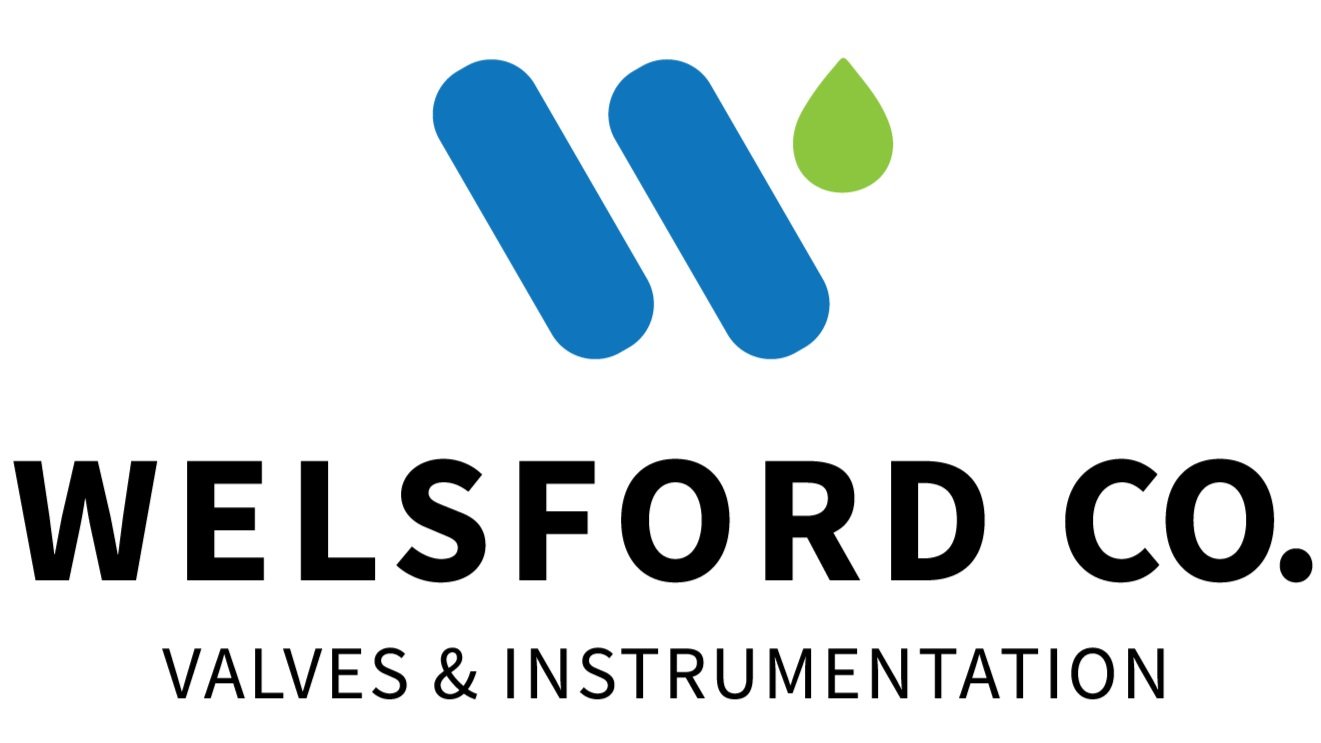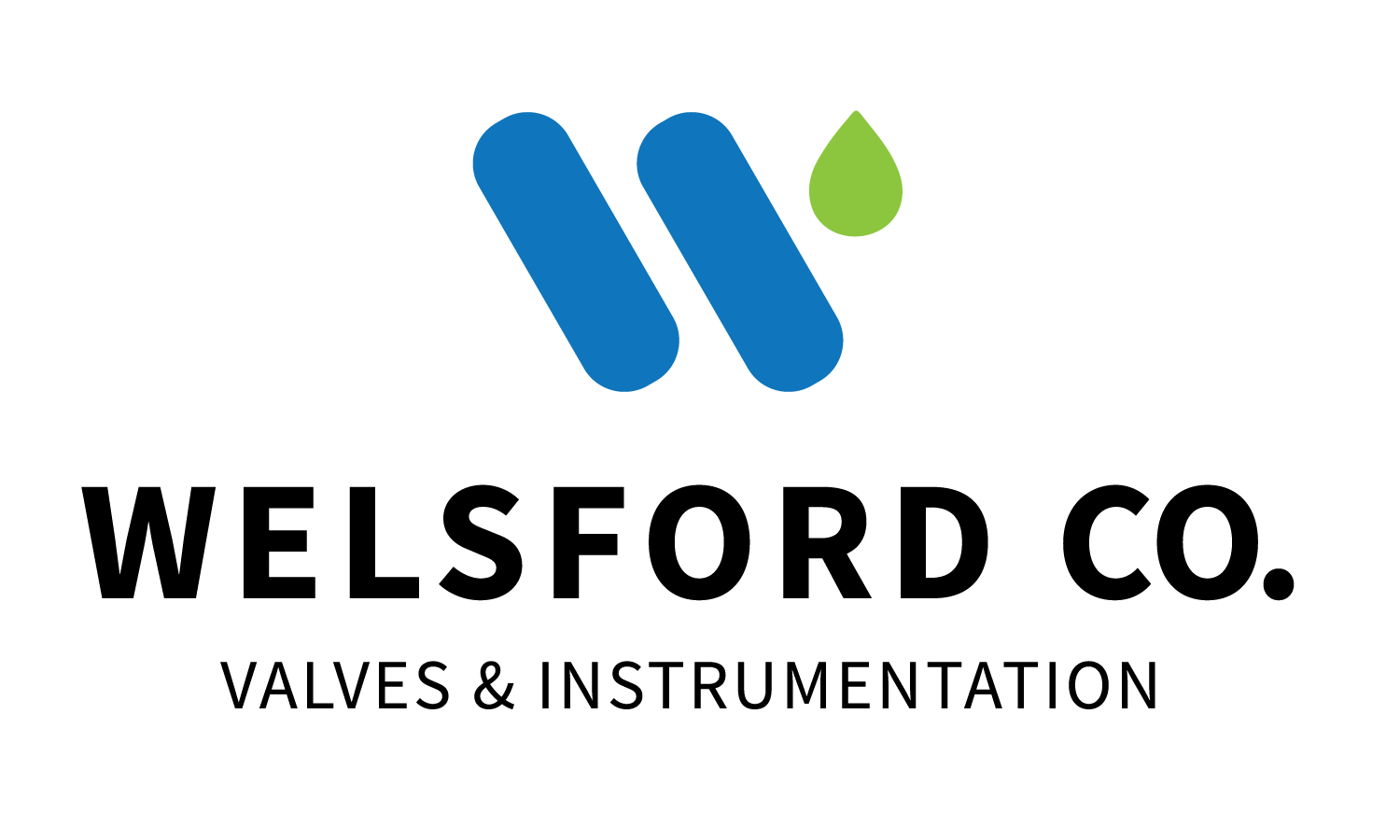Featured Story – The versatility of check valve
The operating principle of a check valve is quite simple: the valve’s inlet side requires a higher pressure than the outlet side for the valve to open. A minimum pressure differential determines at which point the fluid can start to flow (as the valve opens).
This pressure difference is known as cracking pressure, also known as the unseating head or opening pressure. The sealing mechanism’s resistance force and area, typically a spring attached to a valve closing mechanism, determines the cracking pressure.
For the check valve to close with no visible leakages, the inlet and the outlet sides will require a pressure differential between them, known as the reseal pressure. Reseal pressure is also known as sealing pressure, sealing head, or closing pressure. In some check valves, the closing mechanism requires a back pressure to seat at the outlet side to prevent flow.
Practical check valve applications
Check valves are quite simple, inexpensive, and can operate automatically without any manual or external control. That’s why they can be found throughout numerous different applications. Generally, the following are the uses of check valves:
• To prevent the reverse flow of fluid that can damage the equipment upstream.
• To maintain fluid pressure with a pump or compressor.
• To prevent fluid siphoning.
• To ensure the vacuum is maintained.
• To prevent fluids from mixing.
There are many different types of check valves, each with their unique mechanisms that determine the kind of process or application for their use. Below is a comprehensive list of check valve types and their functional description.
Ball check valves
A ball check valve has a ball as the closing part. Typically, the ball is attached to a compression spring, with the ball facing the direction of flow. In other types of ball check valves, there is no spring. A check valve without a spring requires a reverse flow to close. The ball check valve body is conically shaped to guide the ball to the seating position to ensure a positive seal.
The operation of a ball check valve is simple. They are often relatively small and cheap. The balls are made of metal or other materials, in exceptional cases where durability or inert conditions are required.
There is a preference for ball check valves in processes that require no supervision as they require very little maintenance. They are common in spray devices, manual air pumps, refillable dispensing syringes, pumping stations etc.
Double door (dual disc) check valves
In the double door check valve, two disks that open like a door, allow fluid flow. The disks are attached to torsion springs, which keep the disks closed to prevent the flow of fluid.
Double door check valves are low weight, require less space, and are easy to install. They are used with clean fluids in the petrochemical industry, gas liquefaction, HVAC applications, refineries, and other process industries because they are cost-efficient and require low maintenance. Generally, they must be compressed between two flanges.
The lift check valve has a similar design to a globe valve. This check valve uses gravity or a higher pressure at the valve’s outlet to return the valve to the seat position and prevent reverse flow. Some types of lift check valves use a spring-loaded disk.
Lift check valves can be installed horizontally, vertically, or at an angle. The flow enters the check valve from below the seat and lifts the disk positioned between two guides. Lift check valves are recommended in processes with high flow velocities such as steam, air, gas, or vapor lines.
Stop check valve
When you combine the functions of a lift check valve and a globe valve, you get the stop check valve. The stop check valve has a handle that can be connected to an actuator and a stem that limits the disk’s movement. The stem is not connected to the disk. The actuator handle rotates to either prevent the flow of fluid through the valve or limit the flow by constraining the disk travel distance.
The piston check valve has the same characteristics as the lift check valve. Functionally, the main difference is the mechanism for closing the valve – a spring-loaded piston in a cylinder. The cylinder guides the movement of the piston up and down during operation. Applications are to the lift check valve
Swing check valve
A swing check valve consists of a disk that swings on a hinged pivot to allow flow in one direction and swings unto a seat to prevent flow in the other direction. The weight of the disk determines the shut-off characteristics of the valve.
The swing check valve mechanism is commonly used in the flapper valve installed in flush-toilets. It is used in sanitary drainage systems as a backwater valve to prevent flooding by sewage water when there is heavy rainfall.
A wafer check valve is quite similar to a swing check valve. It is simple in design and can be used in tight spaces. The main difference is that they are constrained by flanges that hold them in place. It means that the disk cannot be fully opened, compared to a swing valve with a valve body that allows full opening. The wafer check valve is popularly used when flow is not an issue, or if there is limited space for valve installation.
A diaphragm check valve has an elastic membrane as the sealing mechanism, in a normally closed position. When the pressure upstream of the valve is higher than downstream, the check valve opens and allows fluid flow. Otherwise, the check valve remains closed. They are typically used in low-pressure systems with plastic piping.
How to select a check valve?
Selecting a check valve is an integral part of process design. While different types have the same functional purpose – which is to allow flow in only one direction – each type is often unique to a specific application. The article What check valve should I use for my application details what should be remembered when selecting a check valve. Here is a quick overview of what to consider when choosing a check valve:
1. The possibility of water hammer
2. Chemical compatibility
3. Non-slam characteristics
4. Cost-benefit analysis
5. The pressure drop across the valve
6. Operating pressure and pressure differential in the process
7. The speed of the fluid
8. Installation orientation
Conclusion
Check valves are simple devices that operate without intervention, and they achieve an essential function of preventing reverse flow in a process. There are several types of check valves for different applications in industrial processes. They are easy to install, maintenance-free, and durable. The robustness of check valves makes them quite versatile for use regardless of fluid type, fluid phase, operating condition, orientation, and operation frequency.

